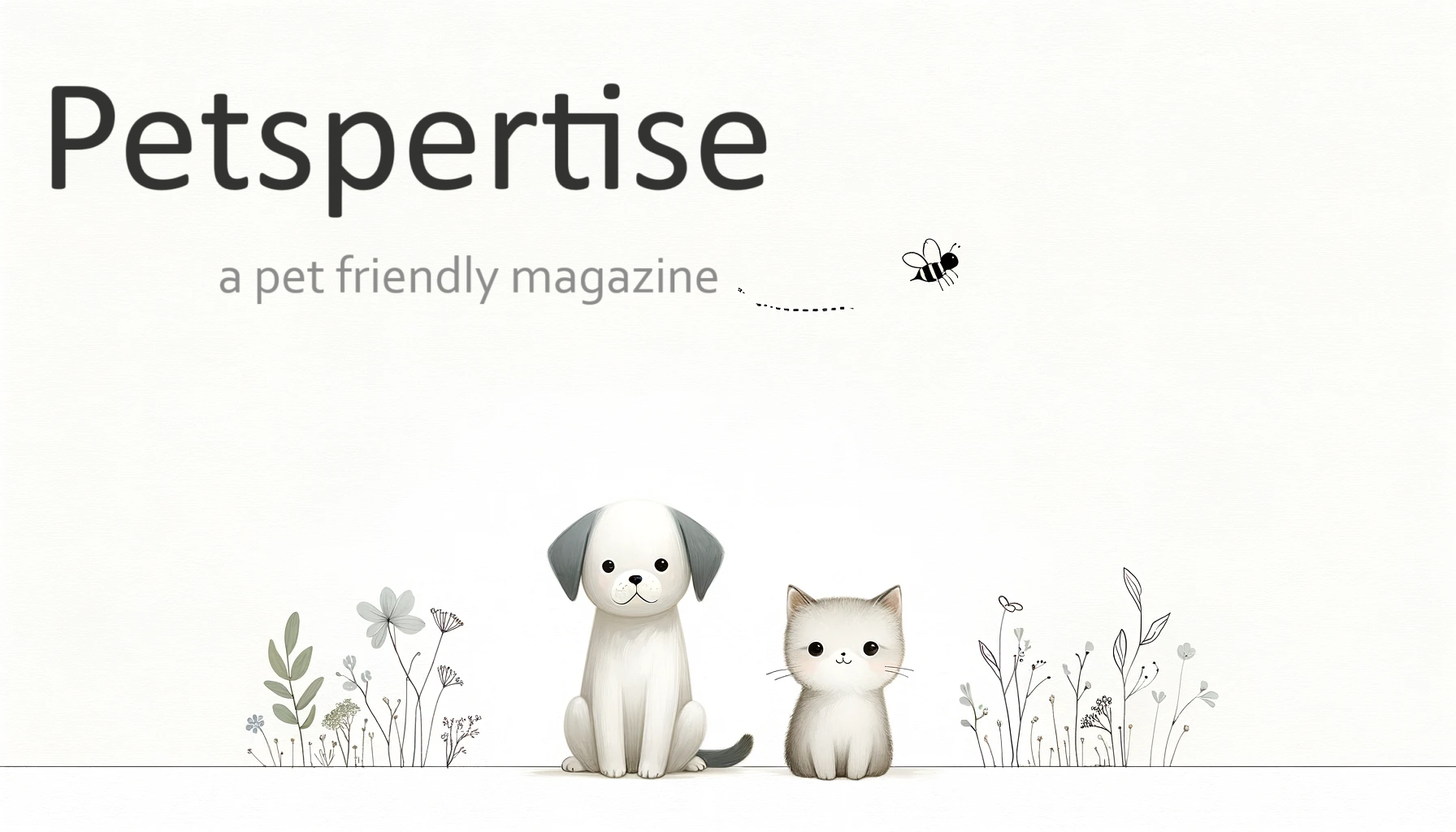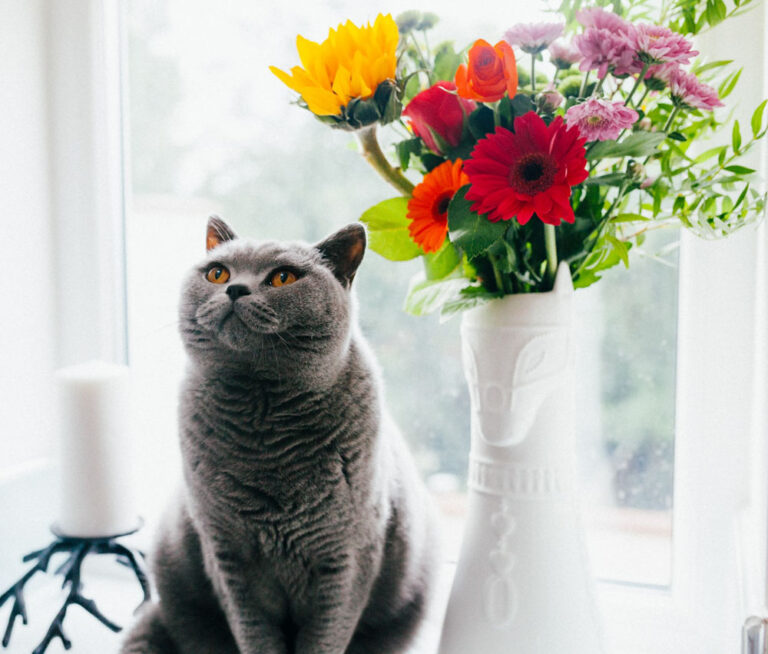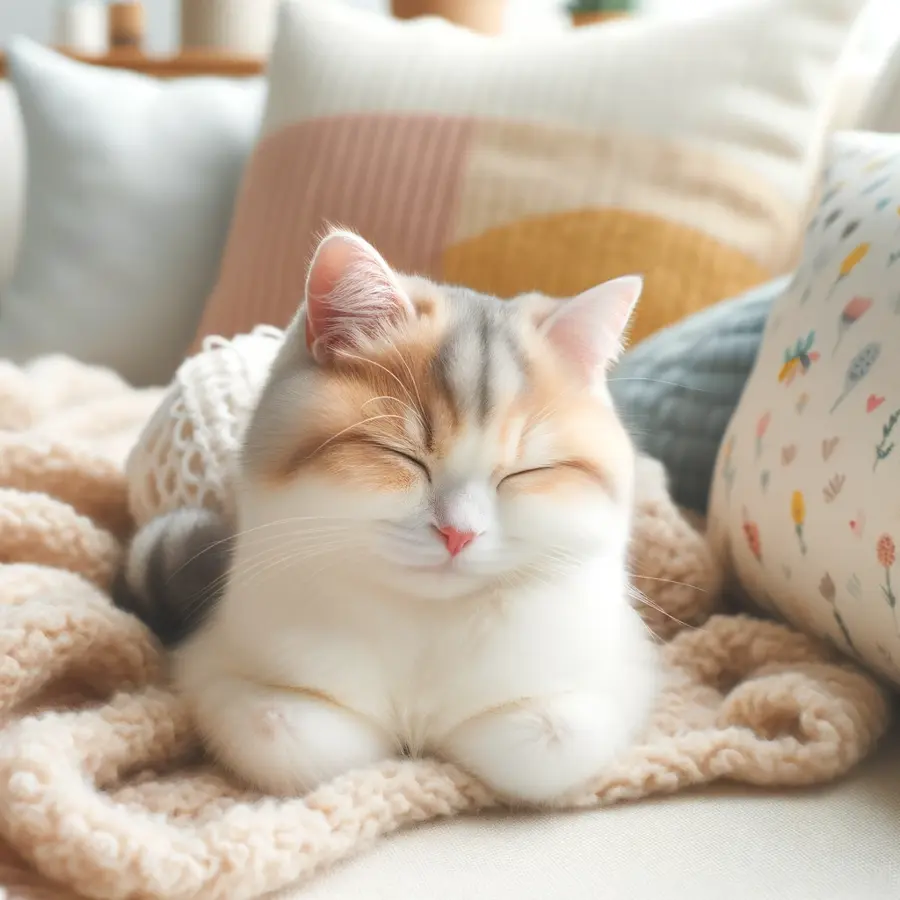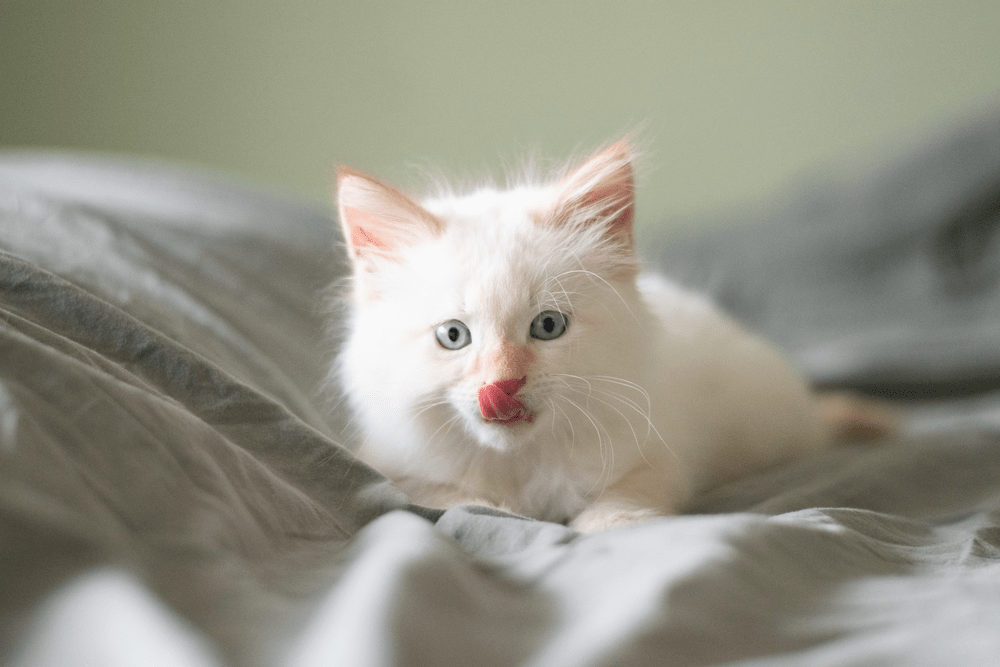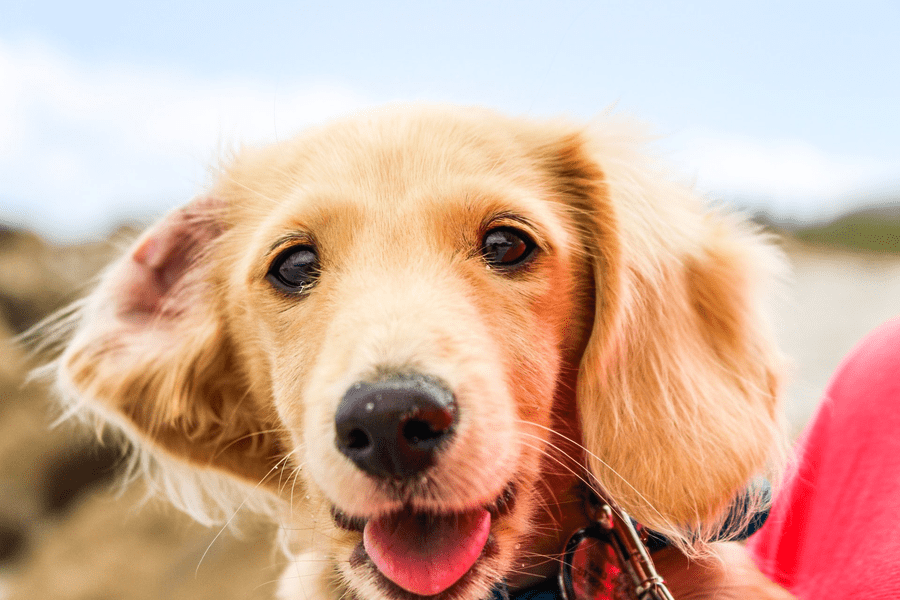Dangerous And Safe Plants For Cats
Whether it’s tending our garden, or purchasing a plant to add life to our living space, plants are all around us. Be it a bouquet, a succulent, or flowers for the garden we often think about the care, the color, and the overall appearance. However we must take our furry friends into consideration as well when bringing new greenery into our living spaces.
Cats are curious by nature. While they are usually cautious about what they eat, they often will sniff, swat or rub up against the plants in their environment. Cats have even been known to nibble on plants for a little bit of extra fiber. Have you ever seen your cat eat grass and then continue to throw it up? Felines will occasionally eat greens to help with gastrointestinal upsets. However, they don’t always know the difference between a good plant and a bad plant. This means that it is up to us as pet parents, to know all about plant safety for our pets.
As pet parents, we should always consider the safety of our cats when bringing new plants into the home. While we may think our cats are well behaved, it is more common for them to pick up pollen off of their fur while grooming than it is for them to actually eat the plant itself. Cats are explorers too, which means throwing a plant on top of the fridge or on the highest window sill still isn’t enough protection. We should also be hyper aware of any symptoms our cats may show if they have plant poisoning.
Dangerous Plants For Cats | Prevention
According to the ASPCA there are hundreds of plants that are toxic to your cat. The first step in plant safety when it comes to your pet is prevention. Do your research, and be vigilant. If you have a cat that visits the yard, make sure you do a check of your backyard for any plants that could be a danger.
If you think your cat has ingested a toxic plant, reach out to your vet or local animal poison control center immediately. If you wait for symptoms to present themselves, it may be too late. If your cat is showing signs of plant poisoning, make sure you remove any plant particles that may be near their mouth or fur. If you can, grab a sample of the ingested plan to take to the vet (this will make it easier to determine the toxin in question).
Signs of Plant Poisoning
There are three categories of symptoms when it comes to plant poisoning in cats. Depending on the toxin there may be one, or multiple signs that your cat has ingested a toxic plant. While multiple signs may be present, they do not determine the severity of toxicity. Always make sure you get medical attention for your cat immediately if you believe they have ingested a toxic plant.
- Gastrointestinal Symptoms: These symptoms include vomiting, diarrhea, lack of appetite, and general upset or pain of the stomach/abdomen.
- Neurological Symptoms: May include confusion, lethargy, depression, seizures/fits, and in some cases a coma.
- Respiratory Symptoms: May include coughing, sneezing, labored or rapid breathing.
How To Identify Dangerous And Safe Plants For Cats
Just as there are different symptoms of plant poisoning, there are also different levels of plant toxicity. While a plant like aloe, a very common household remedy may have mild effects if ingested by your cat, it is still your responsibility as a pet parent to practice plant safety and keep any toxic plant away from your feline friend.
Mildly Dangerous And Poisonous Plants For Cats
While there are many plants that are considered toxic for cats, these are some of the most common household plants that are mildly poisonous to your furry feline:
- Poinsettia: A holiday favorite, the poinsettia is actually often overrated in toxicity. Ingestion may cause irritation to the mouth and stomach as well as vomiting.
- Snake Plant: This common household greenery leads to nausea, vomiting and diarrhea if eaten.
- Carnations: Quite common as a bouquet flower, the ingestion of carnations can lead to mild gastrointestinal issues and dermatitis.
- Daisies: Common both indoors, and outdoors this flower is mildly toxic to felines leading to increased salivation, dermatitis, and vomiting.
- Catnip: Did you know that catnip is also mildly toxic for cats? While feeding catnip to your furry friend often results in sedation, or stimulation too much catnip in a short period of time can lead to vomiting and diarrhea.
Moderately Dangerous And Poisonous Plants For Cats
These plants are slightly more poisonous to cats but are usually not fatal in their ingestion.
- Chrysanthemums: Common in spring, these flowers can lead to vomiting, confusion, dermatitis and incoordination if ingested.
- Eucalyptus: Often chosen for its aroma, it can cause vomiting, diarrhea, salivation, and depression for your cat.
- Ivy: (including English ivy, and devil’s ivy) is moderately toxic if ingested. It may cause vomiting, abdominal pain, and hypersalivation.
- Philodendron: Another common houseplant, ingestion of this leafy plant can lead to oral irritation, pain, and swelling of the mouth, excessive drooling, and vomiting.
- Fig: Contact with the fig tree can cause dermatitis. Ingestion can cause vomiting, mouth irritation, and excessive drooling.
Highly Dangerous And Poisonous Plants For Cats
- Lilies: Lilies may be the number one most fatal plant to your feline friend. With multiple species, the ingestion of lilies causes kidney failure and is often fatal to cats.
- Sago Palm: A popular household plant that is incredibly dangerous for cats. Can cause vomiting, increased thirst, liver damage, liver failure, and death.
- Tulips, Daffodils, and other bulb florals: Flower bulbs can be very poisonous for cats. While the entire plant is toxic, ingestion of the bulbs themselves cause the most harm to felines including; convulsions and cardiac arrhythmias.
- Azalea & Rhododendron: Common in gardens these plants can cause diarrhea, weakness and cardiac failure if ingested by your furry friend.
- Castor Bean Plant: Ingestion of these beans can cause diarrhea, convulsions, and kidney failure. The smallest amount can be fatal.
While it may seem that a lot of common plants are in fact dangerous to our feline friends, fear not! There are also a ton of cat friendly plants out there as well. So you can’t get a bouquet of tulips, lilies and carnations? What about a beautiful bunch of roses, Gerbers, and Alstromeria instead!
Examples Of Safe Plants For Cats
That’s just to name a few! There are so many beautiful, safe alternatives out there that will brighten up a room, and bring life to your house without being a threat to your cat. Hopefully you will be able to find great options to bring plant life into your household while still being a proactive pet parent and practicing plant safety to keep your furry feline safe and happy for years to come.
